Description
Caring for your Jasmine
Jasmine plants are celebrated for their fragrant flowers and beautiful, often evergreen, foliage. Belonging to the Oleaceae family, these plants are native to tropical and subtropical regions around the world. Jasmine can be grown as shrubs, vines, or ground cover, making them versatile additions to gardens, patios, and indoor spaces. Here’s a comprehensive guide on how to care for Jasmine plants.
Light
Jasmine plants thrive in full sun to partial shade. For optimal flowering, they should receive at least 4-6 hours of direct sunlight each day. While they can tolerate some shade, insufficient light may result in reduced blooming. Indoor Jasmine plants should be placed near a south or west-facing window where they can receive ample sunlight.
Soil
Jasmine plants prefer well-draining soil that is rich in organic matter. A slightly acidic to neutral pH (6.0 to 7.0) is ideal. For garden planting, amend the soil with compost or well-rotted manure to improve fertility and drainage. For container plants, use a high-quality potting mix with added perlite or sand to enhance drainage.
Water
Consistent watering is essential for Jasmine plants, especially during their growing season. Keep the soil evenly moist but not waterlogged. Water the plant deeply once or twice a week, allowing the top inch of soil to dry out between waterings. During hot, dry periods, increase the frequency of watering to prevent the plant from wilting. For container-grown Jasmine, check the soil moisture regularly, as containers dry out faster than garden beds. Reduce watering in the winter when the plant is not actively growing.
High humidity levels are beneficial for Jasmine, particularly for indoor varieties. Using a humidifier, placing the plant on a humidity tray, or misting the leaves can help maintain the necessary moisture levels.
Fertilizing
Jasmine benefits from regular feeding during the growing season. Apply a balanced, water-soluble fertilizer (such as 10-10-10) every 4-6 weeks from spring through summer. Alternatively, use a slow-release granular fertilizer at the beginning of the growing season. Avoid over-fertilizing, as this can lead to excessive foliage growth at the expense of flowers. Organic compost or well-rotted manure can also be used to improve soil fertility and structure.
Pruning and Maintenance
Regular pruning helps maintain the shape and size of Jasmine plants and encourages more prolific flowering. Prune the plant in late winter or early spring before new growth begins. Remove dead, damaged, or diseased branches to promote healthy growth. Light pruning throughout the growing season can help maintain its shape and prevent it from becoming too leggy. For vining varieties, trim back any wayward stems to keep the plant tidy and encourage more blooms.
Deadheading spent flowers can also encourage continuous blooming. For indoor Jasmine, pinch back the tips of the stems to promote bushier growth.
Pest and Disease Control
Jasmine is generally resistant to pests and diseases but can occasionally be affected by common garden pests such as aphids, whiteflies, and spider mites. Regularly inspect the plant for signs of infestation and treat with insecticidal soap or neem oil if necessary. Ensure good air circulation around the plant to prevent fungal diseases like powdery mildew and sooty mold. To avoid root rot, ensure the soil drains well and avoid overwatering.

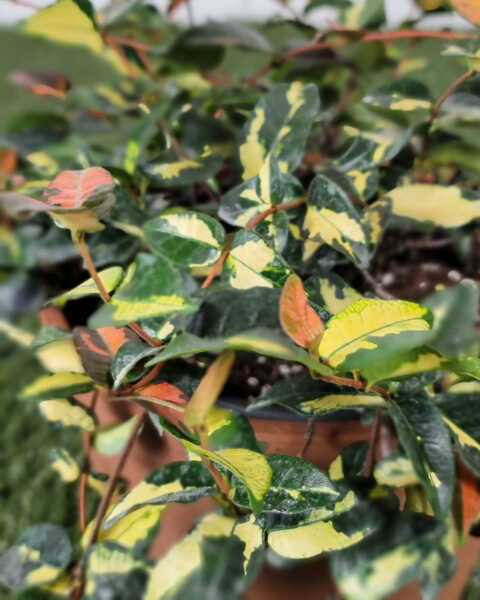
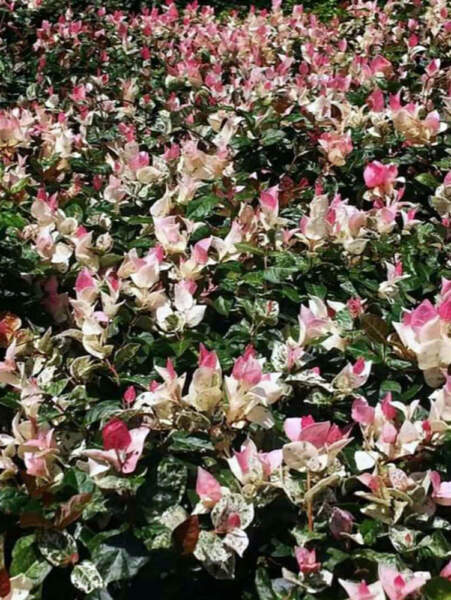
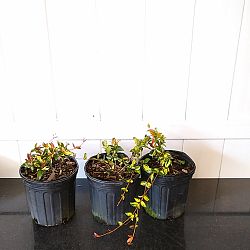
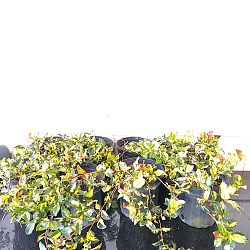
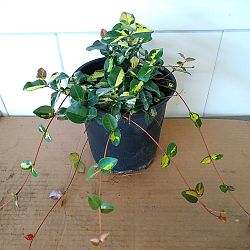
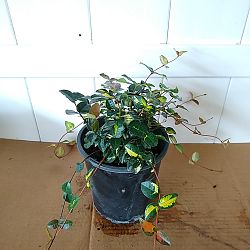
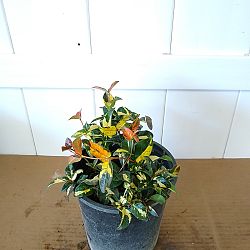
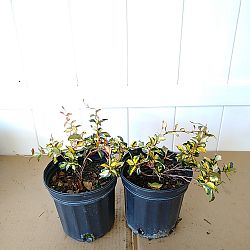
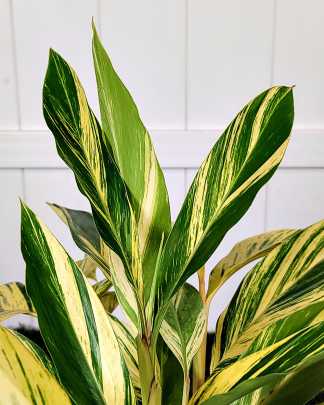
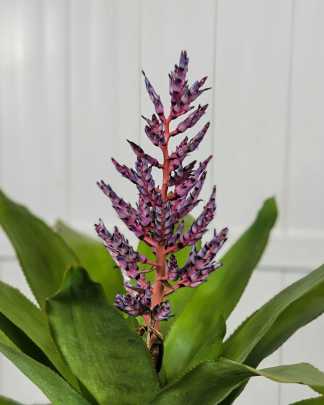
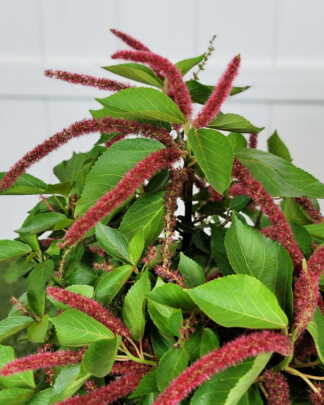
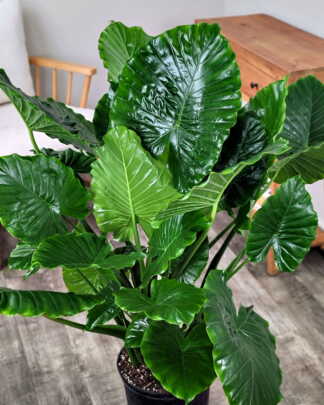



Jenny Shah (verified owner) –